Popliteal Artery Entrapment Syndrome (PAES)
Popliteal Artery Entrapment Syndrome
If you have ever sustained an injury to your knee, then you may be familiar with the popliteus muscle.
This small, but powerful muscle is responsible for extending the knee and helping to rotate it inward.
Unfortunately, this muscle can also become trapped or compressed in certain situations, leading to a condition known as Popliteal Artery Entrapment Syndrome (PAES).
In this article, we will discuss PAES in detail, including its causes, symptoms, and treatment options.
We hope that this information will help you better understand this condition and enable you to seek appropriate care if necessary.
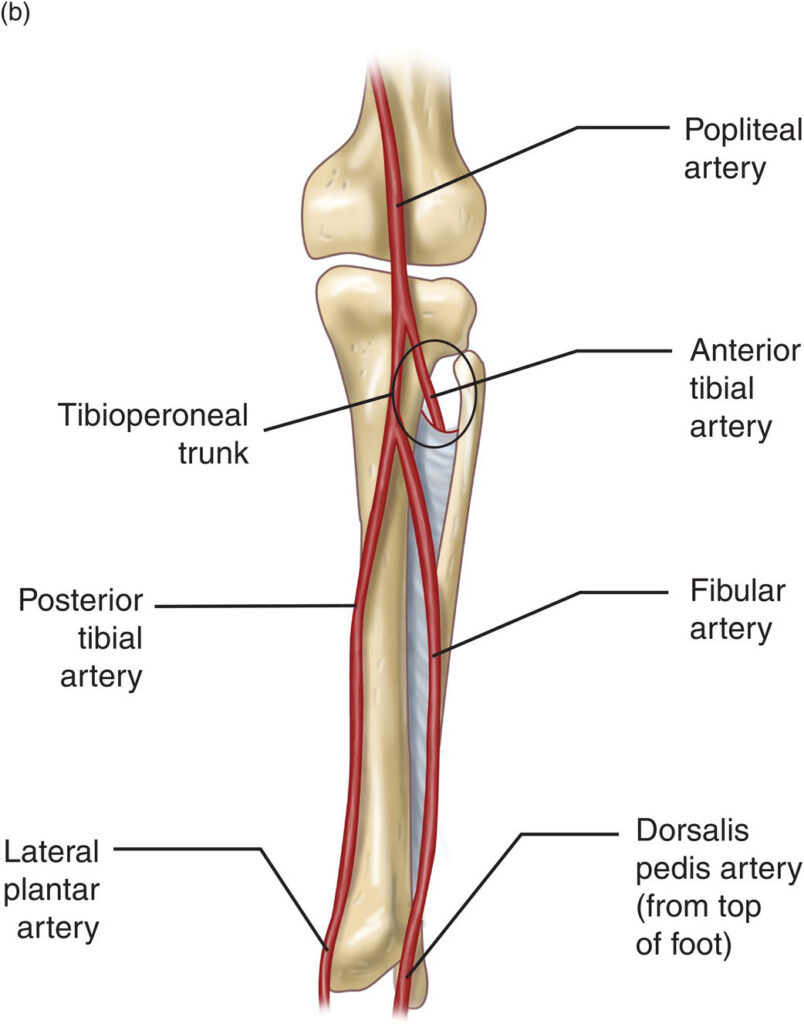
Popliteal Artery Entrapment Syndrome (PAES): An Introduction
Popliteal artery entrapment syndrome (PAES) is a condition in which the popliteal artery, the main blood vessel that supplies blood to the back of the knee, becomes trapped or compressed.
This can cause pain, numbness, and weakness in the affected leg.
PAES is most common in young athletes, particularly those who participate in sports that involve running or jumping.
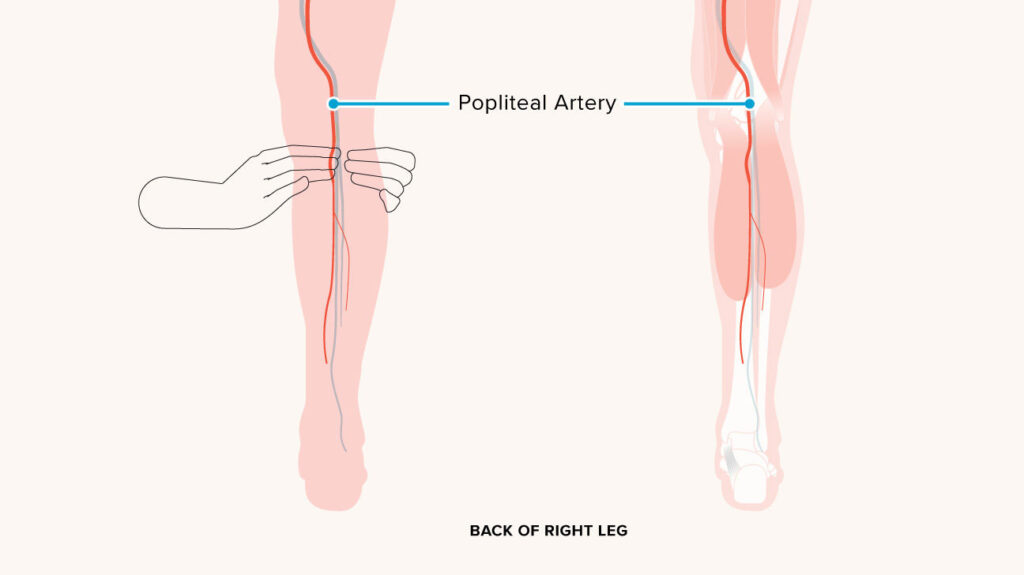
Types of Popliteal Artery Entrapment Syndrome (PAES)
There are three main types of PAES:
1. Chronic exertional compartment syndrome (CECS)
This type of PAES is characterized by pain and cramping in the calf muscles during exercise.
The pain is caused by a build-up of pressure in the muscles, which limits blood flow to the area.
CECS is the most common type of PAES and is typically seen in young athletes.
2. Aneurysmal PAES
This type of PAES is caused by an abnormal enlargement of the popliteal artery.
Aneurysmal PAES can lead to serious complications, such as blood clots, stroke, or even death.
3. Traumatic PAES
This type of PAES is caused by an injury to the popliteal artery, such as a car accident or a fall.
Traumatic PAES can be life-threatening and requires immediate medical attention.
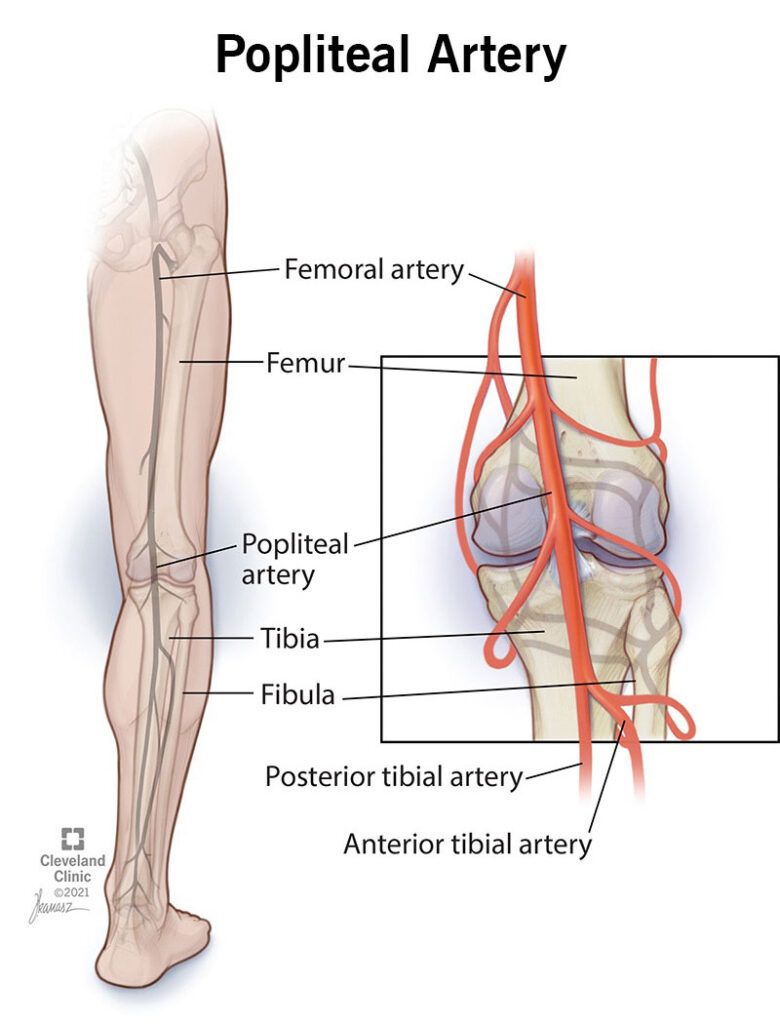
Causes of Popliteal Artery Entrapment Syndrome (PAES)
There are several potential causes of PAES, including:
-A congenital (present at birth) anomaly in the anatomy of the popliteal artery or its surrounding structures
-Injury to the popliteal artery or its surrounding structures
-Inflammation or infection in the area of the popliteal artery
-Tumors or other growths in the area of the popliteal artery
-Compression of the popliteal artery by surrounding structures, such as muscles, tendons, or ligaments
-Trauma to the popliteal artery or its surrounding structures
-The presence of a blood clot in the popliteal artery (thrombosis)
-The presence of an aneurysm (a ballooning out) in the popliteal artery
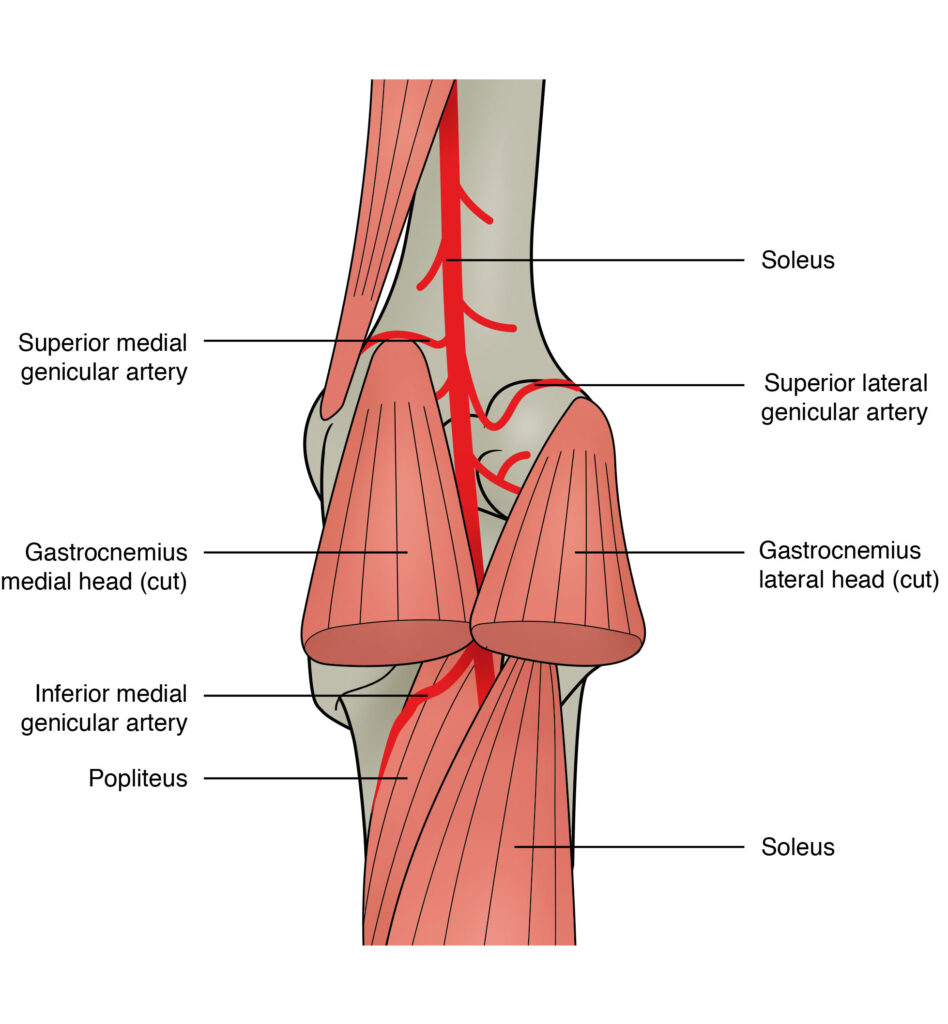
Symptoms of PAES
Symptoms of PAES can vary depending on the underlying cause, but may include:
-Pain in the back of the knee or calf, which may worsen with activity
-Swelling in the back of the knee or calf
-Numbness or tingling in the foot or ankle
-Weakness in the foot or ankle
-Coldness in the foot or ankle
-A change in skin color in the foot or ankle (pallor or cyanosis)
-Ulcers on the foot or ankle that are slow to heal
If you experience any of these symptoms, it is important to see your doctor so that a proper diagnosis can be made.
Diagnosis of Popliteal Artery Entrapment Syndrome (PAES)
The diagnosis of PAES is based on the clinical signs and symptoms, as well as imaging studies.
The most common imaging modality used to diagnose PAES is magnetic resonance angiography (MRA).
MRA can be used to visualize the popliteal artery and its branches, as well as the surrounding soft tissue structures.
Other imaging modalities that may be used include computed tomography angiography (CTA) and ultrasound.
The gold standard for diagnosing PAES is arteriography.
Arteriography is an invasive procedure that involves injecting contrast material into the arteries and then taking X-rays.
Arteriography can provide detailed information about the anatomy of the arteries and any blockages or narrowing that may be present.
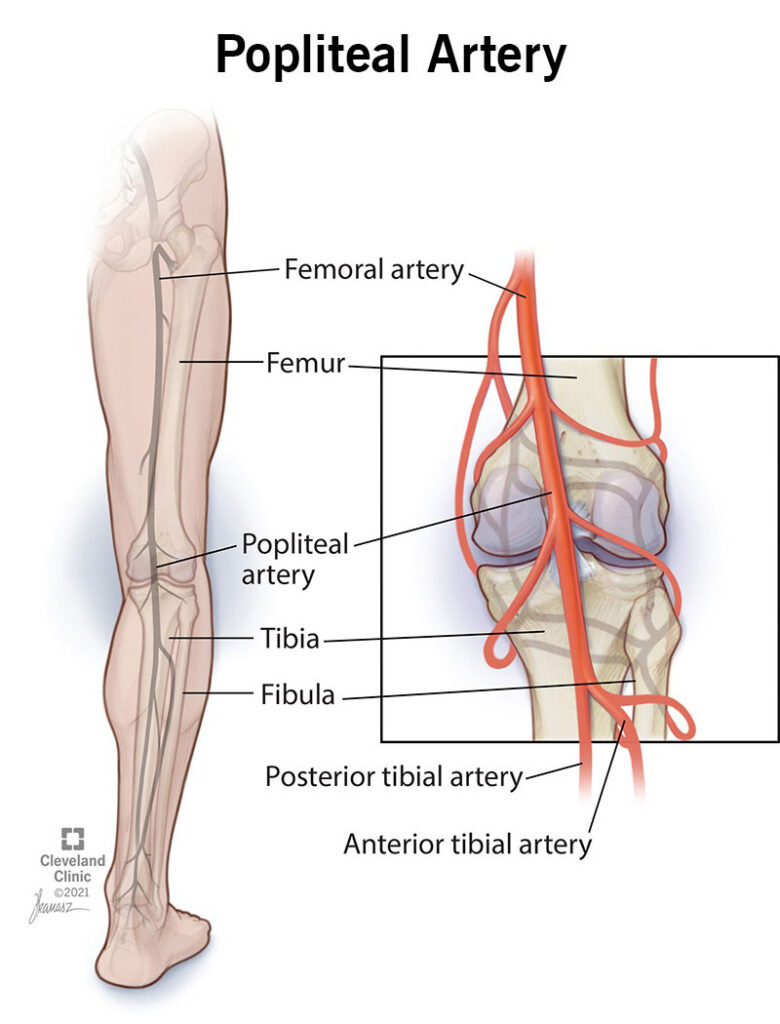
Treatment of PAES
The treatment of PAES is aimed at relieving the symptoms and restoring normal blood flow to the affected limb.
Treatment options include:
Surgery:
Surgery is the most common treatment for PAES.
The goal of surgery is to release the trapped artery and restore blood flow.
Surgery may be performed through a small incision (endoscopic surgery) or a larger incision (open surgery).
Endovascular stenting:
This procedure involves the placement of a small metal mesh tube (stent) in the blocked artery.
The stent opens up the artery and restores blood flow.
Balloon angioplasty:
This procedure involves inflating a small balloon at the site of the blockage.
The balloon opens up the artery and restores blood flow.
Drug therapy
Drug therapy may be used to treat the symptoms of PAES.
Drugs that may be used include pain relievers, anti-inflammatory drugs, and blood thinners.
PAES is a potentially serious condition that can lead to limb loss if not treated properly.
If you think you may have PAES, it is important to see a doctor right away.
Early diagnosis and treatment are essential for the best possible outcome.
Potential complications of PAES treatment and surgery
One of the potential complications of Popliteal Artery Entrapment Syndrome (PAES) treatment and surgery is damage to the nerves in the leg.
This can result in numbness, tingling, or weakness in the affected leg.
Another potential complication is damage to the blood vessels in the leg.
This can lead to bleeding or a blood clot.
In rare cases, there may be an allergic reaction to the anesthesia used during the procedure.
This can cause swelling, itching, and difficulty breathing.
If you have Popliteal Artery Entrapment Syndrome (PAES), it is important to talk to your doctor about all of the potential risks and complications associated with treatment and surgery.
Tips to prevent Popliteal Artery Entrapment Syndrome (PAES)
- Avoid activities that put unnecessary stress on the popliteal artery, such as prolonged sitting or standing, heavy lifting, or strenuous exercise.
- If you must sit for long periods of time, take frequent breaks to move around and stretch your legs.
- If you are overweight, work towards losing weight through diet and exercise.
- Wear loose-fitting clothing and shoes to avoid constricting the vessels in your legs.
- Seek immediate medical attention if you experience any pain or discomfort in your legs, especially during or after exercise.
- Schedule regular check-ups with your doctor, especially if you have a family history of PAES or other vascular conditions.
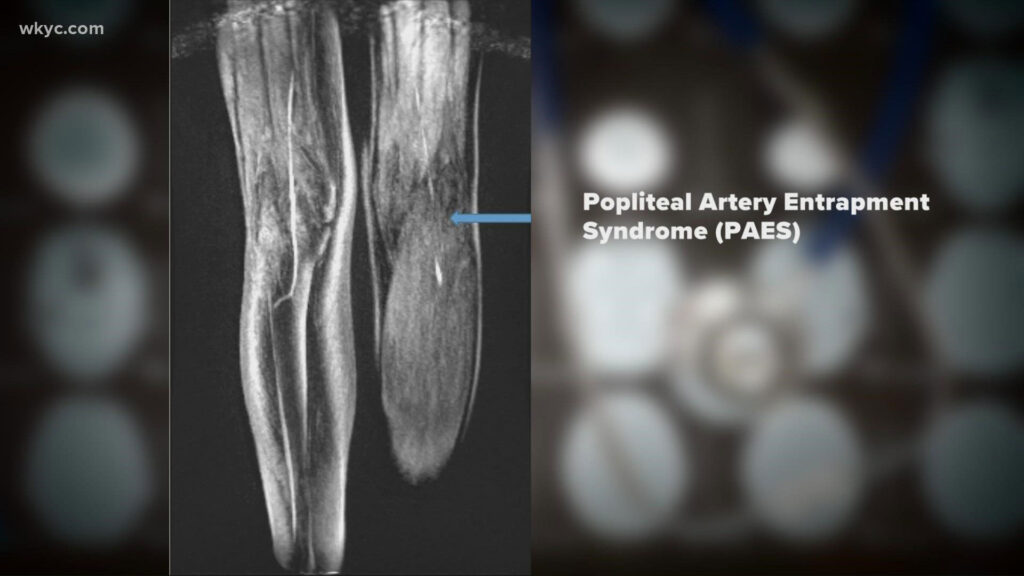
Frequently Asked Questions about Popliteal Artery Entrapment Syndrome (PAES)
PAES, a rare vascular disease, is a condition that occurs when the popliteal artery, which runs behind the knee, becomes compressed or entrapped.
This can cause pain, numbness, and weakness in the leg.
In some cases, it can also lead to problems with blood flow to the leg.
Anyone can develop PAES, but it is more common in young athletes who participate in activities that involve repetitive knee bending, such as running, cycling, or soccer.
It is also more common in people who have certain anatomical abnormalities of the popliteal artery or surrounding tissues.
The most common symptom of PAES is pain behind the knee, which worsens with activity.
Other symptoms include numbness, weakness, and cramping in the leg.
In some cases, PAES can also cause problems with blood flow to the leg, such as claudication (pain with walking) or ulcers.
PAES is typically diagnosed based on a combination of your symptoms, medical history, and physical examination.
Your doctor may also order tests to assess blood flow to your leg or to rule out other conditions that can cause similar symptoms.
Treatment for PAES depends on the severity of your condition and your symptoms.
In many cases, conservative measures, such as rest, ice, and anti-inflammatory medications, are sufficient to relieve symptoms.
However, some people may require surgery to release the entrapped normal artery or to repair any anatomical abnormalities. A physical therapy may be required afterwards.
Most people with PAES experience a significant improvement in symptoms with treatment.
However, the condition can recur, particularly if you do not avoid activities that put stress on the popliteal artery.
In some cases, surgery may be required to relieve persistent symptoms.
To prepare students for the job skills necessary to treat Popliteal Artery Entrapment Syndrome (PAES), on-the-job training, completing an internship, talent assessment exams, and completing a formal education program are required. Middle schools, high schools, and community colleges offer courses related to health careers. Transition services are available to support students as they move from high school to adult life.
Future employment potential in the medical field will be good. PAES jobs are expected to grow much faster than average. Community site, hospital, and private practices are three places where PAES treatments are provided. Transition plans are developed by the health care team to support the move from one level of care to another. PAES labs are located in medical facilities and provide diagnostic services to outpatients. A PAES lab is staffed by licensed practical nurses, medical assistants, and phlebotomists.
Have you been injured at some point in your journey?
Are you not achieving your highest level of function?
We’ve helped hundreds of people at all walks in life
get back to performing their best painfree!
3 Ways to Level Up Your Rehab and Injury Prevention With Us




